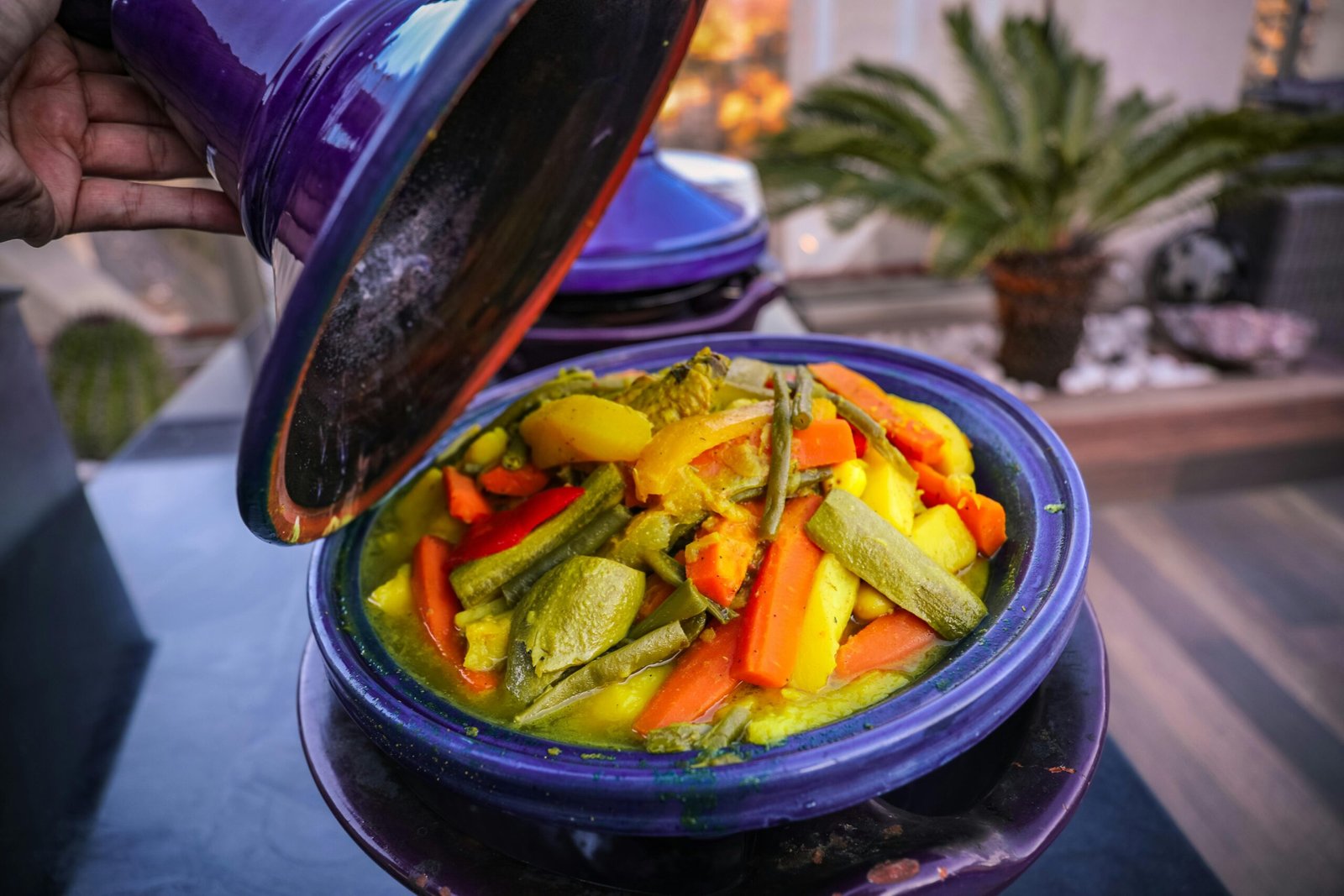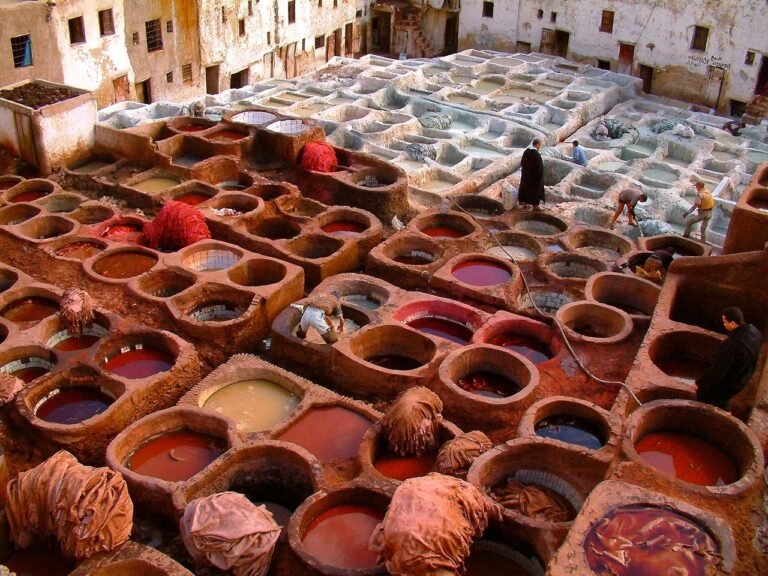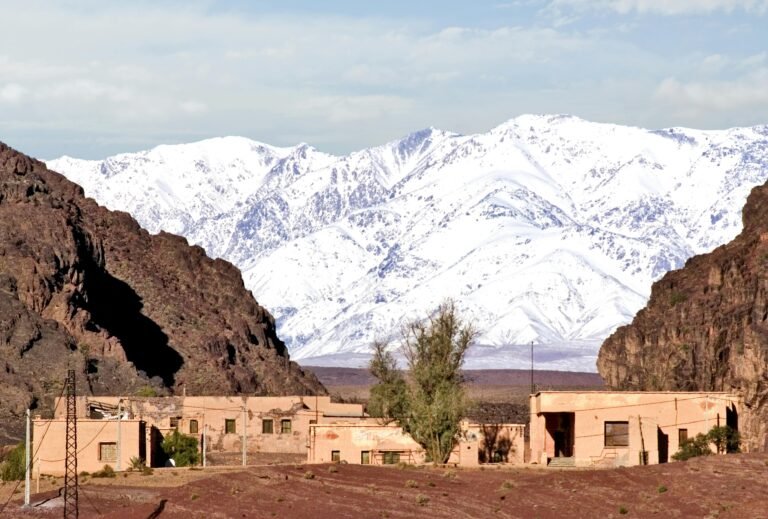Lovely Food
The Culinary Heart of Morocco: The Importance of Food and Tagine
Food in Morocco is far more than just a daily necessity—it’s a celebration of community, tradition, and culture. Among its most iconic dishes, the tagine holds a special place at the center of Moroccan cuisine. The vibrant image above perfectly captures the rich colors, textures, and hospitality that define a Moroccan meal.
A Symbol of Moroccan Identity
Tagine (or tajin) is not just a dish—it’s an experience. Cooked slowly in a conical clay pot, it combines vegetables, spices, and often meat or fish, simmered together to perfection. The version shown here, full of colorful vegetables, represents the warmth and variety of Moroccan cooking, and how deeply it’s rooted in local produce and spice culture.
Hospitality and Togetherness
In Moroccan households, food is a language of love and welcome. Sharing a tagine means gathering around the same dish, using khobz (Moroccan bread) to scoop bites, and engaging in conversation. This tradition of shared meals reflects the Moroccan values of community, hospitality, and generosity.
Health and Harmony
Moroccan food is not only delicious—it’s also wholesome. Tagines are typically made with fresh ingredients, olive oil, turmeric, cumin, ginger, and other anti-inflammatory spices that contribute to a healthy diet. The slow-cooking method preserves nutrients and enhances flavor, making it a model of Mediterranean and North African cuisine.
A Must for Any Visitor
Trying a freshly cooked tagine is essential when visiting Morocco. Whether in a bustling Marrakech souk, a tranquil Fez riad, or a desert camp near the Sahara, you’ll find variations of this dish served with pride and care. The beautiful dish in the photo—served in a traditional ceramic pot—perfectly showcases this national treasure.




